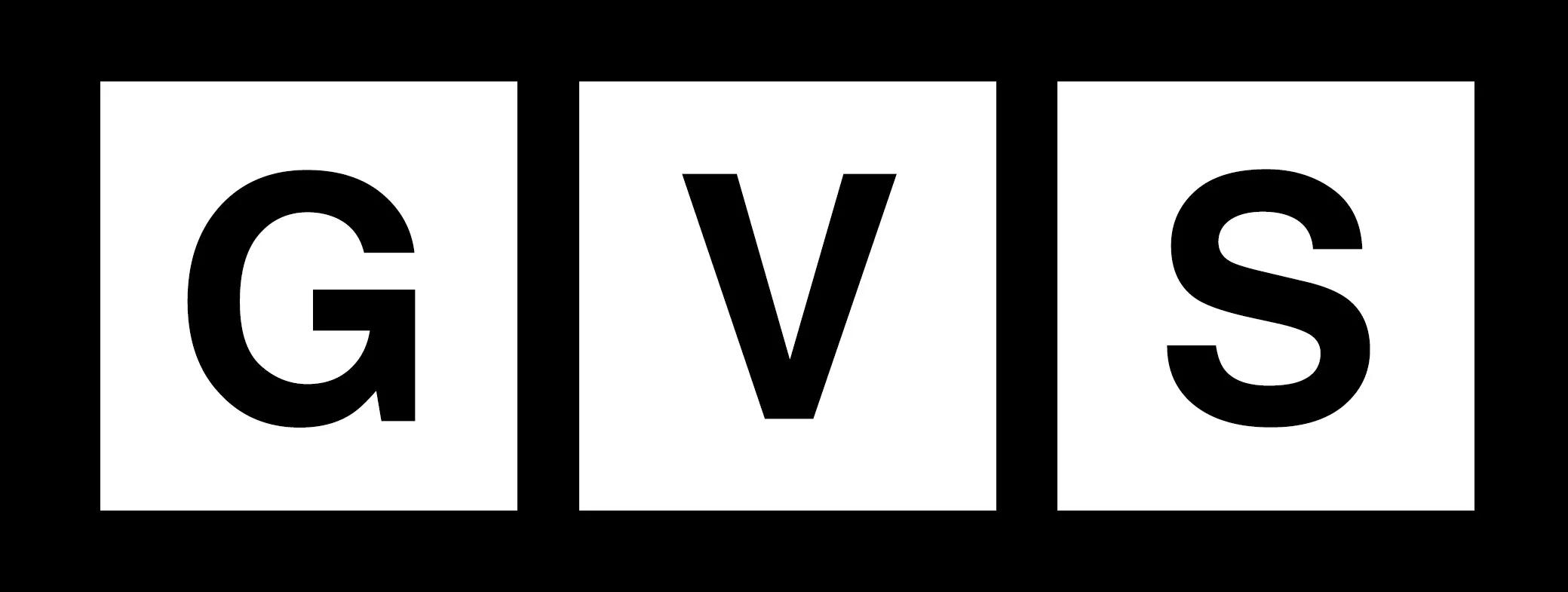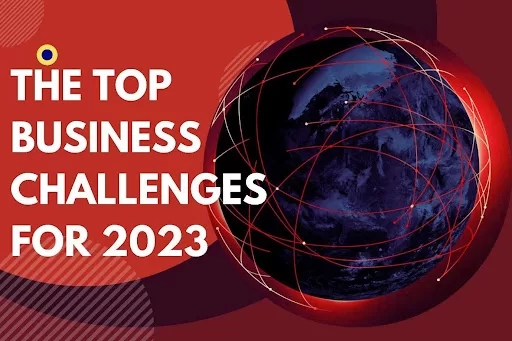2023 represented the year of mixed fortunes for anyone involved in business or commerce. From Fortune 500 companies to mid-sized firms and startups, everyone had to grapple with uncertainty or change tact a bit. There were impediments to business cutting right across the board.
In this article, we examine the year 2023 in hindsight, looking at key challenges that businesses faced. You’ll notice the broad categorizations of these challenges into economic, environmental., technological, and workforce-related. With these insights, firms can not only stay afloat but can thrive in 2024 and beyond. We’re jumping right in!
Economic Turmoil
Never has the global economy been more interconnected and interdependent. Financial systems, trade, communication, transportation, and even social life and culture…you name them. As a result, shockwaves in one place can quickly send ripples worldwide.
The disruption of the global economy is a popular essay subject. A college essay writing service can help you tackle such a research paper, or you can draw some great insights from this section.
Geopolitical Tensions
Global conflicts and political instability across different regions have created uncertainty and volatility. Russia’s invasion of Ukraine is now in full gear and the devastating war in Gaza has been the tipping point of 2023. The instability created by such conflicts can impact investment decisions and business operations.
The IMF also notes that geopolitical tensions are transmitted to the real economy. Banks fund commodity markets such as precious metals and crude oil trading. Global conflicts exacerbate market and credit losses. With negative outlooks, banks tighten credit and are less willing to spend, further weighing on businesses.
Beyond the typical battlefront, economic warfare has also become a norm. States like China and Russia are at constant odds with other global powers such as the United States. Economic policies were used defensively in 2023 and are expected to be used offensively in future geoeconomic weaponization.
Supply Chain Disruptions
The COVID-19 pandemic brought to the fore the fragile state of the global interconnected economy. With supply chain disruptions came shortages, delays, and increased costs. Businesses had to readjust their operations to maintain inventory levels whilst meeting demand.
The pandemic has now passed, but the global economy is still reeling from the shock of these disruptions.
Inflationary Pressures
Rising costs of business inputs alongside speculative market actors all lead to inflationary pressure. This impacts profit margins and consumer purchasing power.
Consumer Spending Patterns
Consumer purchasing power is directly related to the global economy. Consumer behavior and preferences are influenced by economic conditions and changing lifestyles. Negative economic outlooks discourage spending which itself impacts the profitability of businesses. Most businesses had to grapple with the high cost of living affecting consumers purchasing parity. The World Economic Forum outlook for 2023 also predicts that the high cost of living will be among the toughest business challenges till 2025.
Regulatory Compliance and Policy Changes
Businesses have had to adapt to changing regulations, tax policies, and trade agreements. These impact operations and compliance costs.
Technological Disruption

2023 was the year when AI fully came to life, with companies like OpenAI transforming the tech landscape. Multiple advancements in areas such as quantum computing, biotechnology, and other new technologies are pushing industries to the frontier. With these advancements come a new set of threats and risks, such as increased cybercrime and the misuse of personal information.
Besides rogue actors, technology such as AI has led to the disruption of some industries already, for example, content creation. These are future threats to economic industries that rely on a huge human workforce.
Digital Transformation
According to OpenAI chief, Sam Altman, nearly 90% of Fortune 500 companies adopted OpenAI products. That signals the massive transformation that companies are gearing up for to enhance customer experience, improve operational efficiency, and gain a competitive edge.
Some key influencers in the tech domain also included:
- Data Privacy and Security Regulations: Huge swathes of private data are now available to businesses. Thus, it is essential to navigate complex data privacy regulations, such as GDPR and CCPA. These require robust data management practices and transparency.
- Emerging Technologies and Innovation: AI wasn’t the only new technology. Emerging tech such as blockchain, augmented reality, and the metaverse, look to infuse even more innovative approaches to the way companies do business.
- Data-Driven Decision-Making: Gartner’s 2023 business forecast showed more businesses leveraging data analytics/ML in their operations. The result is better decision-making and insights, and improved operational efficiency.
Social and Environmental Concerns
For the foreseeable future at least, worries about environmental hazards and climate change will only grow on a global scale. The gap between political goodwill and effective climate actions was made evident in 2023 by the absence of coordinated progress on climate policies. Many of those in business and political circles forget that climate change, natural resource usage, and biodiversity loss, are all linked with food (in)security.
With no significant financial investments or regulatory reforms, not much is expected in the way of environmental reforms. As the pressure piles post-2023, the focus will shift to supply chain transparency, ethical material sourcing, and energy-efficient production.
It is also expected that businesses will prioritize social responsibility programs. These will align their activities with beneficial effects on society and the environment. Additionally, in 2023, a growing number of companies integrated sustainability factors into the manufacturing and design of their products.
Changing Workforce Dynamics
The COVID-19 outbreak once more brought attention to how precarious the global labor market is. Despite pushback from some areas, remote and hybrid work has become a part of work culture Businesses had to implement novel technologies, agile workflows, and improved communication techniques. Even in 2023 and 2024, remote and hybrid work will remain popular, albeit to a much lesser extent.
The need for pros in machine learning increased in 2023 as AI gained traction. Companies were urged to fund initiatives for the training and development of their staff.
As a result of COVID-19’s widespread economic disruption, more people had the opportunity to reevaluate their careers and personal goals. Tens of millions, if not hundreds of millions, quit their jobs leading to the “Great Resignation”. With that, more businesses saw the need to adapt. This included prioritization of a healthy work-life balance and mental health. Businesses recognized the impact these had on productivity and retention. More businesses are now also offering flexible work arrangements, to improve employee satisfaction.
Wrapping Up
2023 represented a sort of double-edged sword for businesses and firms globally. Coming off the back of the pandemic, 2023 ushered in new and some familiar challenges. These include global conflicts, economic uncertainties, changing workforce dynamics, and environmental concerns.
To thrive after 2023 and throughout the decade to come, companies must adjust and transition to more robust operational frameworks. Furthermore, companies must lead disruption and change rather than attempting to catch up. Transparency combined with informed hedging will help businesses navigate the unavoidable winds of change.

